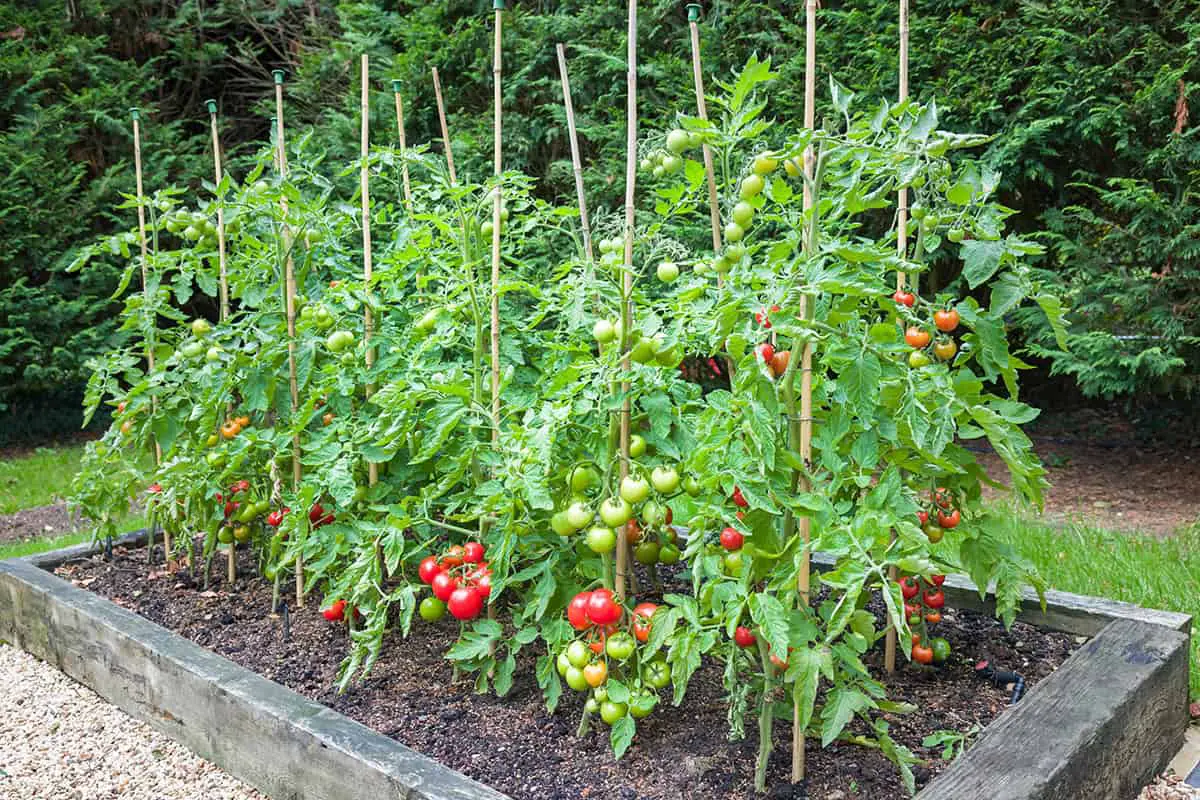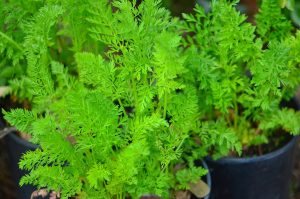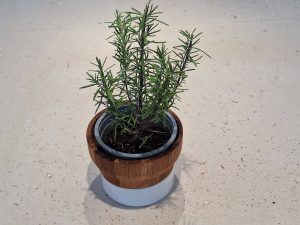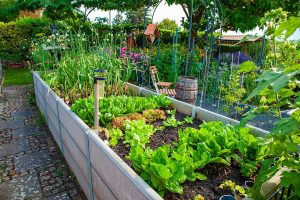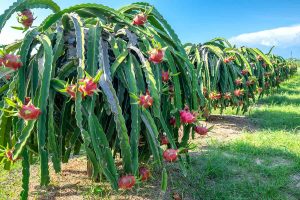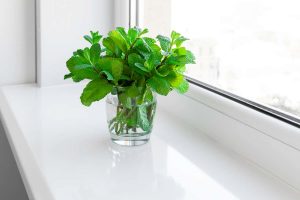You’ve eagerly planted your first tomato garden, dreaming of juicy, homegrown tomatoes. But as the weeks go by, your plants are struggling, and the fruit is sparse. This article will help you identify and avoid common tomato plant growing mistakes, ensuring a bountiful harvest.
Table of Contents
Planting Too Early
Tomato seedlings demand warmth. If you plant them when it’s too cold, they suffer. Ensure soil and air temperatures are consistently warm before you transplant outside. A soil thermometer can confirm safe levels for tomatoes, ideally above 60 F. Avoid the common mistake of planting too early in the spring. This exposes the plants to cold stress.
Cold soil hinders root growth. Your tomato plants need warm soil to establish a strong root system. Tomatoes planted in cold ground are likely to grow slowly and produce less fruit.
Start seeds indoors to manage timing. Tomato seeds should be sown 6 to 8 weeks before the expected transplant date. This allows them to grow strong in a controlled environment. Use a sterile seed starting mix and maintain a soil temperature around 75 F to 90 F for germination.
Resist the urge to transplant too soon. Even if your tomato plants look ready indoors, early transplant can lead to setbacks. Monitor the weather and soil temperatures carefully.
Overwatering or Underwatering
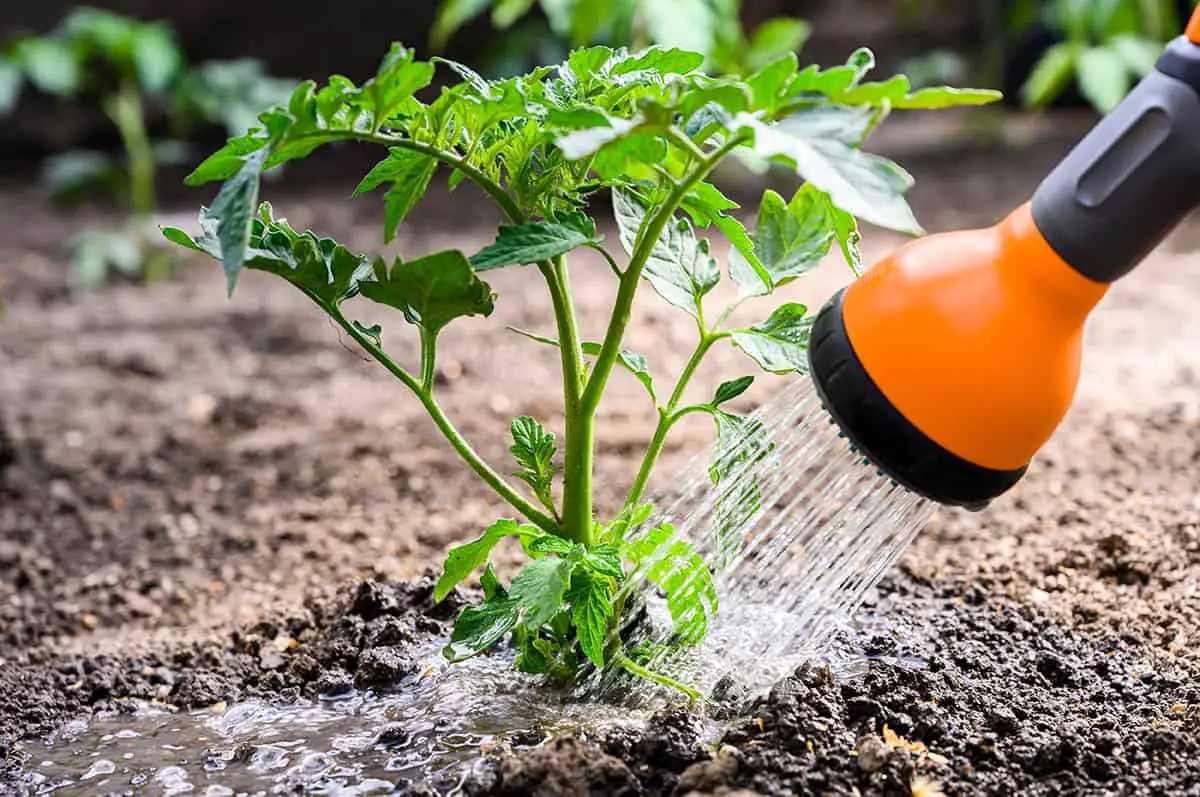
When growing tomato plants, maintaining the right amount of water is crucial. Both overwatering and underwatering can lead to poor plant health.
Overwatering your tomato plants can cause root rot. Signs include wilting and yellowing leaves. It limits oxygen to the roots, harmful to your plants.
For optimal growth, ensure the soil moisture is balanced. Tomato plants thrive on a consistent watering schedule. Underwatering leads to a different set of problems. It can cause blossom end rot and stress the plant. During hot weather, water your plants deeply and regularly.
To prevent overwatering, touch the soil. If it feels wet, you may want to wait before adding more water. Use mulch to help retain soil moisture, a key practice in effective tomato plant care. This will protect against both underwatering and overwatering risks.
Tomatoes need your careful attention to water levels. Observe your plants and adjust as needed. Establish a routine for the best results.
Not Providing Enough Sunlight
Tomatoes thrive in sunlight. Without it, your plants won’t produce a good yield. They require at least six to eight hours of direct sun daily. Less sunlight leads to weak plants with fewer tomatoes.
Find a sunny spot for your tomato garden. Full sun exposure ensures strong growth. Inadequate light makes for spindly plants. These weak plants often produce fewer and smaller fruits.
Consider the position of the sun during the day. Ensure plants are not shaded by trees or buildings. It’s crucial for the health and productivity of your tomato plants. Choosing the correct location can make a significant difference.
Windowsills might seem sunny, but they seldom provide enough light. If growing indoors, use a grow light to supplement. It’s important to mimic the natural conditions tomatoes need. This helps avoid poor growth and low fruiting.
Poor Soil Preparation
Tomato plants thrive in well-prepared soil. You ensure success by starting with this key step. Acknowledge that soil acts as the foundational support for your tomato plants. Begin with a soil test to understand its composition.
Your test reveals the soil pH and nutrient levels. Tomatoes prefer slightly acidic soil, around a pH of 6.5. Adjust the pH accordingly by adding lime if the soil is too acidic or sulfur if it’s too alkaline.
Incorporate organic matter like compost to enrich the soil. This practice improves soil structure and promotes healthy root growth. Avoid the mistake of neglecting soil fertility as it leads to poor tomato plant health.
Ensure the soil is well-draining to prevent root diseases. Tomatoes do not cope well with waterlogged conditions. If you have heavy soil, consider raised beds to enhance drainage.
Remember not to plant tomatoes in soil that’s too cold. Cold soil binds phosphorus, making it unavailable to plants, hinting at early-season deficiencies. Use plastic mulch to warm the soil before planting.
Overcrowding Plants
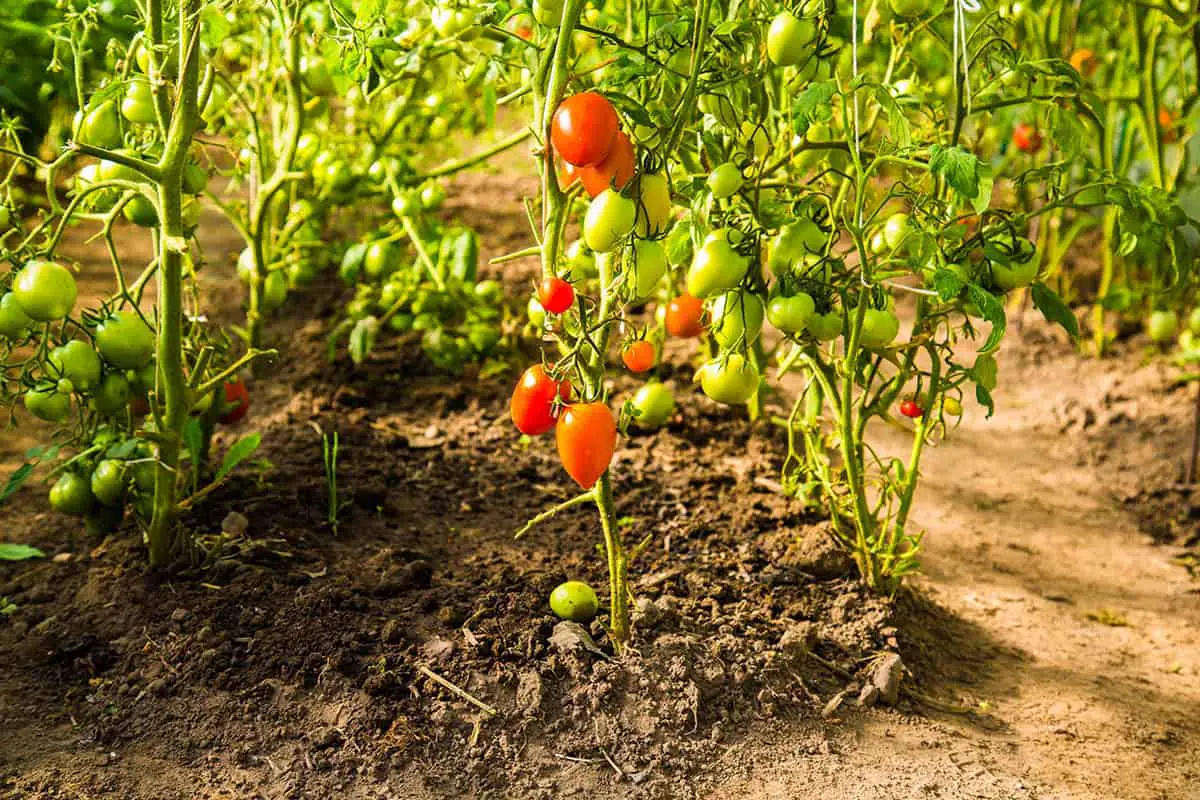
When you grow tomatoes, giving them enough space is crucial. Overcrowding can lead to several problems. It restricts access to sunlight and air circulation for each plant. Without these, your tomatoes are more prone to diseases.
Plant tomatoes at the proper distance suggested for the variety you have chosen. This space allows roots to expand and supports healthy growth. Remember, as your tomato plants grow, their leaves and branches will spread.
You should know that limited airflow from overcrowding can create a humid environment. This humidity fosters fungal diseases like blight and mildew. To avoid this, give each plant room to breathe.
Ignoring Pests and Diseases
When growing tomatoes, you must stay vigilant about pests and diseases. They can swiftly damage your plants. Typical issues include tomato hornworms and blights. The University of Minnesota Extension recommends inspecting your tomato plants weekly. Look for leaf spots or damaged fruit.
Prevention is better than cure. Use preventative measures such as proper spacing, which allows good air circulation. Implement strategies from Penn State Extension by selecting disease-resistant tomato varieties and applying mulch. Such practices help you avoid common problems.
If you identify pests or symptoms of disease, act promptly. Remove infected parts of the plant. Adjusting water levels and using fans to reduce humidity and prevent root rot.
Healthy tomato plants resist pests and diseases better. Ensure they have proper nutrients and water. If you neglect these aspects, your plants become more vulnerable, and the outcome may be less than desirable.
Inadequate Support Structures
Tomato plants require sturdy supports. Without these, your plants are at the mercy of weather, gravity, and their own weight. Heavy fruits can cause branches to bend or break. It’s crucial to set up adequate support structures early in the growth process.
Certain methods, like the Florida weave, offer support using stakes and durable string. Simple wooden stakes or metal posts can serve well. However, they must match the expected height of your tomato variety. Dwarf varieties need shorter stakes, while indeterminate tomatoes require taller ones.
Using cages is a common choice. To prevent tipping, they must be anchored firmly. Regular monitoring ensures that the plant grows within the confines of the support. Adjust as necessary to avoid overcrowding inside the cage.
Remember, inadequate support not only hampers growth but also makes your plants more accessible to pests and diseases.
Improper Pruning Techniques
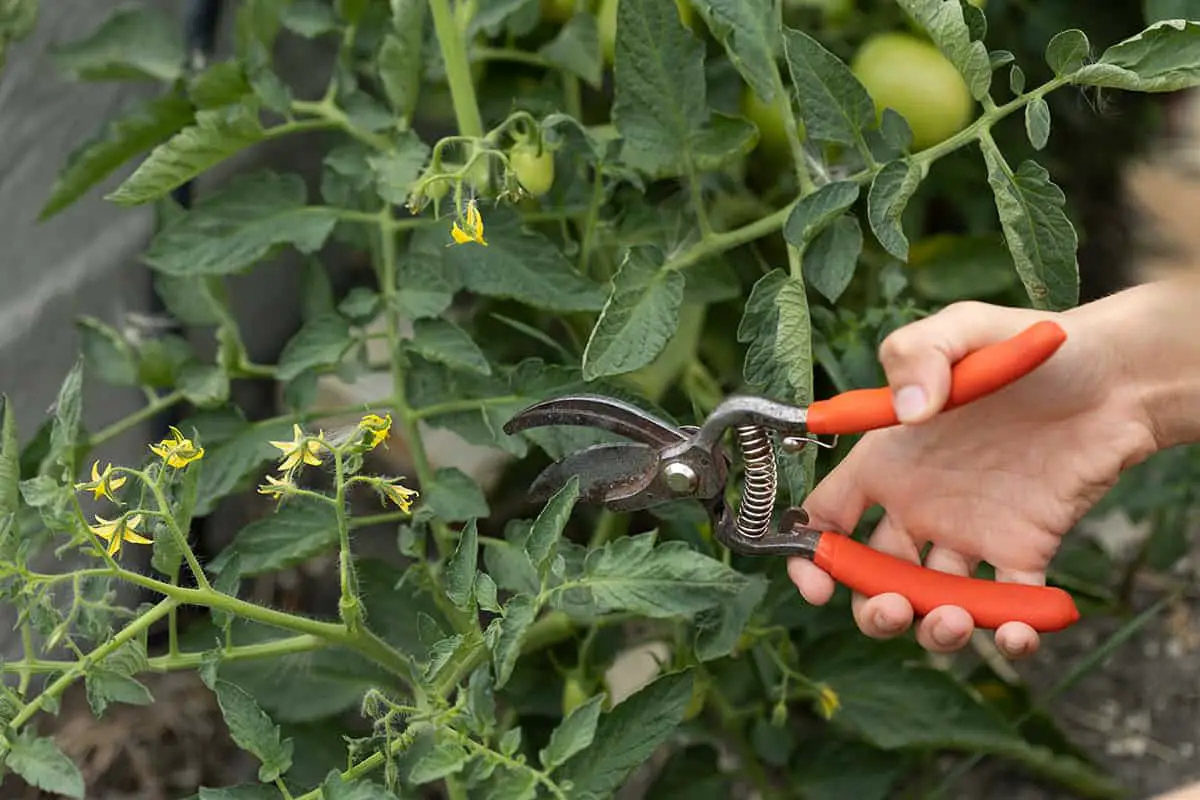
When you grow tomatoes, knowing how to prune properly is key. Improper pruning techniques can harm your plants. They might produce fewer tomatoes or become prone to disease. Quickly learning the right way to prune will help you avoid common mistakes.
Start with understanding suckers, the small stems growing between a leaf and the main stem. If you leave too many suckers on the plant, it will focus on growing these rather than fruit. This is energy wasted. It’s best to remove suckers when they are less than two inches long.
Be careful not to remove too many leaves. Leaves protect the fruit from sunscald. They also generate energy for fruit production. Always prune with clean, sharp tools to prevent the spread of diseases.
Over-pruning is another common error. Limit pruning to the non-fruiting parts of the plant. Avoid cutting too close to the main stem to prevent creating wounds that invite pests and diseases.
Your tomato plants need some of their foliage to remain healthy. Expose the lower part of the plant to air and light by removing some leaves. This reduces the risk of soil-borne diseases.
Remember, different varieties like determinate and indeterminate require different approaches. Indeterminate tomatoes benefit most from pruning.
Fertilizing Incorrectly
When growing tomatoes, applying fertilizer correctly is crucial. You might be harming your plants if you fertilize improperly. Understand the right methods to prevent common mistakes.
If you use too much nitrogen, you’ll get lush leaves with few fruits. Tomatoes need a balanced nutrient mix for optimal growth.
Your tomato plants may also suffer if given too little fertilizer. They require nutrients to produce healthy fruits. A typical sign of under-fertilization is small or poorly colored tomatoes. To avoid this, follow recommended rates and schedules for fertilizing.
Another mistake is inconsistent fertilization. Tomato plants need a steady supply of nutrients. Avoid alternating between overfeeding and underfeeding. It’s essential to maintain a consistent feeding schedule.
You can do this by conducting a soil test before planting. This way, you’ll know what your soil lacks and can adjust fertilization accordingly.
Timing is also important in the application of fertilizer. Putting it down at the wrong time can be as harmful as using the wrong amount.
Start with a lower concentration and increase it as the plant grows. For specific guidelines, consider reaching out to local agricultural extensions. They offer tailored advice for your region’s soil and climate conditions.
Remember to water your plants after applying fertilizer. This helps distribute nutrients evenly and prevents root burn. Water thoroughly to ensure the fertilizer penetrates the soil.
Not Rotating Crops
When you grow tomatoes, rotating crops is vital. Growing tomatoes in the same soil year after year can lead to plant diseases and pest problems. These issues arise because certain pathogens and insects become established in the soil and await the return of their preferred host.
Rotating crops disrupts the life cycle of these pests. By planting tomatoes in different locations each season, you minimize the chances of previous year’s pests damaging your crop. It’s best to wait three to four years before planting tomatoes in the same spot.
Consider the various plant families when rotating crops. Tomatoes belong to the nightshade family, along with eggplants, peppers, and potatoes. Ensure you rotate with vegetables from a different family to effectively prevent disease cycles. Your garden will benefit from this simple yet effective strategy for healthier tomato plants.
Good air circulation and clean garden practices go hand in hand with crop rotation. They contribute significantly to the strength and yield of your tomato plants.
Neglecting to Mulch
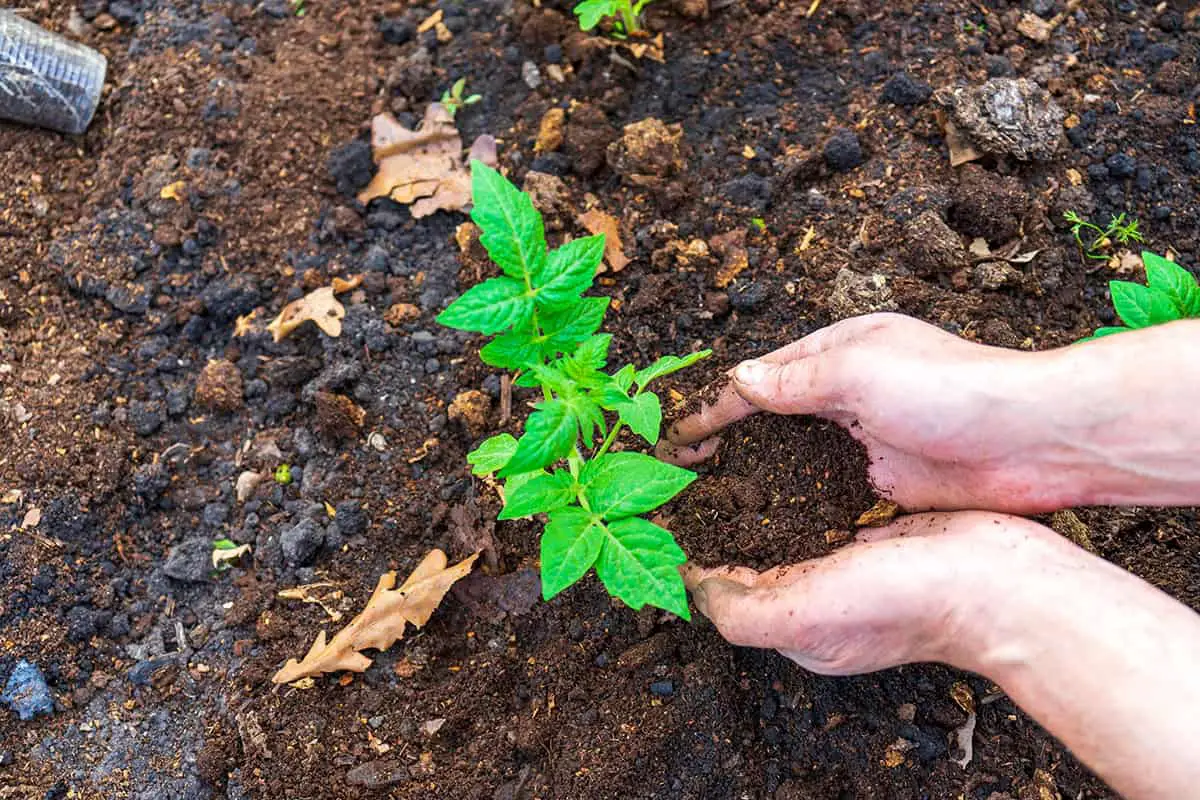
Mulching is vital for healthy tomato plants. It helps maintain soil moisture and temperature. Without mulch, tomato plants can suffer from temperature stress. This stress slows growth. Your plants may experience stunted development.
Tomato roots thrive in warm soil. Plastic mulch warms the soil. This warming can speed up plant growth. Starting without mulch may delay harvest. You want your tomatoes as early as possible. Plus, mulch keeps weeds at bay. Weeds steal nutrients and water.
Neglecting to mulch may lead to other issues. Water relations are critical for tomatoes. Mulch helps keep soil moisture stable. Inconsistent watering can cause problems like blossom-end rot. This condition ruins the fruit. You’ll notice a leathery, discolored patch on the bottom.
Mulching is a key step you shouldn’t skip. It aids in temperature control, prevents weeds, and reduces watering woes.
Overlooking Watering Consistency
When growing tomatoes, consistent watering matters. You need to water your plants regularly. Without this, plants can’t transport nutrients effectively. Water is key for photosynthesis and maintaining cell structure.
Tomato plants require a delicate balance in soil moisture. Too much water leads to root rot, while too little causes wilting and inconsistent fruit production. Check the soil dampness frequently. Your aim is to keep the soil evenly moist.
A common mistake is irregular watering. This can stress your plants. It makes them vulnerable to diseases and pests. Follow a routine to avoid issues. For instance, water early in the morning. This helps prevent excessive evaporation and fungal diseases.
Consider the weather and the plant’s size when watering. Small plants need less water than fully grown ones. In hot weather, your plants may need more water. Adjust your watering accordingly.
